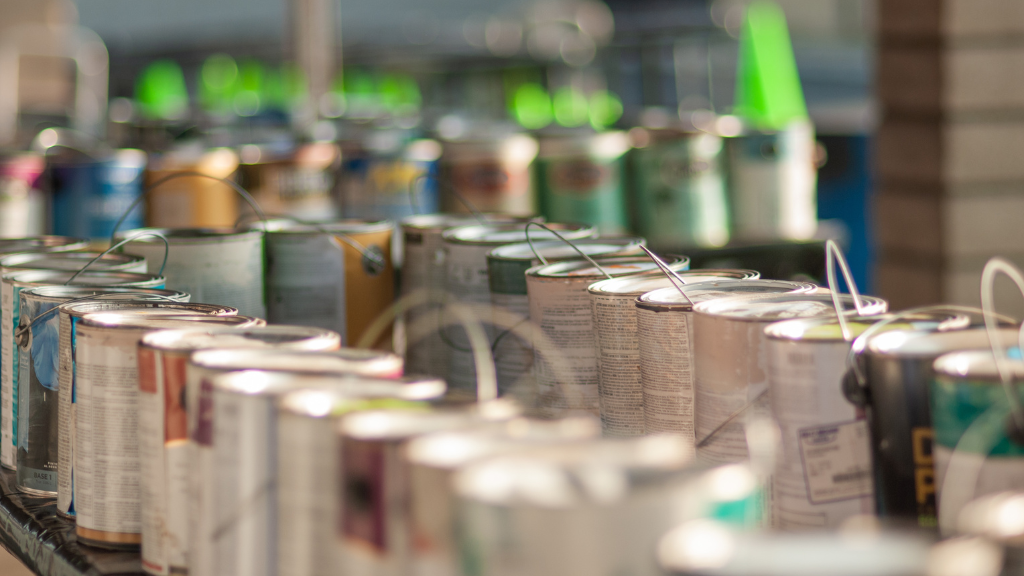Tackling food and commercial waste key to Ontario's waste-free future
Toronto — Ontario has a waste problem. Every year, the province produces nearly one tonne of waste per person, and three-quarters of this waste ends up in landfills. In 2016, the Waste-Free Ontario Act (Bill 151) was passed, setting an ambitious goal of a circular economy that sends zero waste to landfill.
A new special report from Dianne Saxe, Environmental Commissioner of Ontario, examines the new law and strategy and what the province needs to do next.
Released October 4, Beyond the Blue Box: Ontario's Fresh Start on Waste Diversion and the Circular Economy, acknowledges that Ontario's new law is a significant achievement, but calls on government to get serious about making it work. The first steps: get food waste out of landfills and get businesses to pull their weight.
"The new plan looks great on paper," said Commissioner Saxe. "But we've been here before; let's learn from the past and get it right."
Ontario is rightfully proud of the Blue Box, which recycles paper and packaging from homes. But the Blue Box diverts less than 8% of Ontario's total waste. For real impact, the province needs action on two significant waste streams that have been ignored for far too long."
According to the new report, first, Ontario needs to get all food waste (organics) out of landfills, as Nova Scotia did almost 20 years ago. Food waste in landfills uses up space, causes pollution and releases methane, a potent greenhouse gas. Instead of being landfilled, food waste should be used as a source of renewable energy and a way to repair damaged soils.
Second, Ontario shouldn't let businesses (e.g., factories, malls, restaurants and developers) and institutions (e.g., hospitals, universities and schools) keep on creating and landfilling so much waste. Businesses and institutions only recycle a paltry 15% of their waste, sending 2.2 million tonnes more waste to landfill than residents do each year. Landfilled waste causes pollution and squanders valuable resources that should be reused. Additionally, lax rules allow businesses to get away with making products and using processes that drive a "take, use once, throw away" mentality; cheaper in the short run, but much more expensive for society over time.
The report also states that the new law, by itself, won't be enough. To achieve a circular economy, government must also change the social and economic causes of Ontario's wasteful habits, and enforce tough standards for waste reduction, reuse and recycling. In a circular economy, resources are used over and over, not just once.
"As long as it remains cheaper to buy new stuff and throw it away than to repair, reuse or recycle it, a waste-free Ontario will remain a pipe dream," said Saxe. "It will take some adjustment. But research shows the huge economic and employment promise of a low-waste economy."
Beyond the Blue Box reviews what Ontario should learn from its past failures, and how to overcome long-standing economic barriers. In the long run, what matters most is moving Ontario to a circular economy, which means government must play a leading role driving policy that will foster the self-sustaining markets required to make this a reality," concluded Saxe.
Beyond the Blue Box can be downloaded at eco.on.ca.


